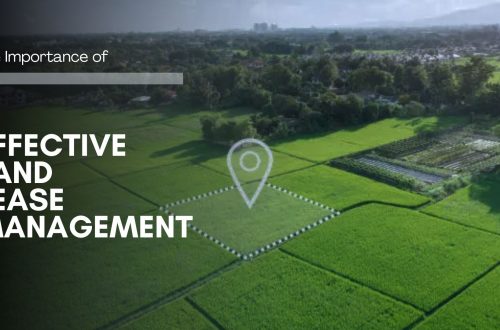
8 Common Misconceptions about Land Management
If you’re a working professional in the land domain, you know the time and effort it takes to manage the information. Many are inclined to opt for automated tools to manage but get discouraged considering common myths believed in the industry. Check below to see if your judgment has been clouded by any of the following:
1. High Cost
It is a common misconception that managing properties requires a lot of expenses. That is not the case. Currently, there are many players in the market providing high-end tools and services in exchange of a rather small fee. The cost of these services will save you a lot of additional expenses that happen in a manual way.
2. Software Will Increases Work
Many feel using software will increase their day-to-day work. This cannot be further from the truth. It requires much lesser time to upload data in land record management software than manually. Also, the software stores data in a highly systematic way. Following this, you can get hold of the data within a couple of seconds. It actually eliminates manual error and reduces time spent.
3. Too Complicated to Use
For the land team used to being out in the field in the day to activity, new technology can seem a bit overwhelming. But in reality, land management software solutions make the jobs of busy land management professionals easier. They are inherently user-friendly and as long the vendor offers adequate user training and product support. You need not be intimidated during implementation.
4. Authoring Tools Are Enough to Manage Land

Authoring tools like ArcGIS, qGIS, etc. lets you digitize the maps to produce geographic displays. They create a geodatabase of maps and data but they are not enough for full-fledged management of land. Whereas, end-to-end land management software store your spatial and non-spatial data on a single platform. They take care of the entire process management right from LA Plan monitoring, Encroachment Detection and Removal, Land Project Management, Rehabilitation and Compensation calculation, and much more. Each has its own place and is certainly not interchangeable.
5. Digitalization of Historical Data is Not Possible
Some are of the perception that digitalization of data can only happen from the day you procure software. That is not the case nowadays. Many software providers offer to digitalize your legacy data without or at nominal charges.
6. Specialized Personnel Required to Handle Tools
Land Records Software users do not need any technical programming expertise to utilize the software. If the product has user-friendly UI/UX anyone can use the tools with a little training from the software provider and some manuals.
7. Tools Are for Bigger Agencies With Many Properties

Most property owners feel that high-end tools are only required by big corporations with a huge quantum of land. Absolutely not. There are many land allotment tools available in the market which are cost-effective and can be configured and customized to fit exactly your requirement. It does not matter whether you are a huge organization with many properties spread across locations or an individual with fewer plots, there is a product available for each type of requirement.
8. Storing Data Outside Your Premise Hampers Security
The data you have stored in Legacy software or physically stored on servers and computers in the office is vulnerable to physical disasters, viruses and theft. On the other hand, cloud-based software encrypts your data and stores it guarded by firewalls, and authentication gateways making it far more secure. Even in case of a physical disaster, you can rest assured that your data is backed up in the cloud. This means that you would be able to recover your data quickly and efficiently.

She is a Product Manager of M&E software for CSR & Land focusing on helping organizations all over the world manage and monitor all their activities with more ease and transparency. Sucheta is responsible for helping in better Monitoring & Evaluation of CSR and Land with Technology.





